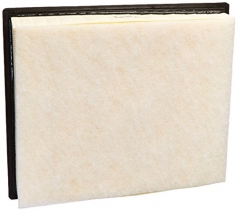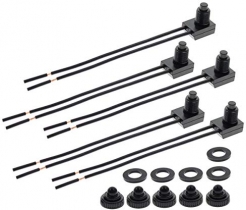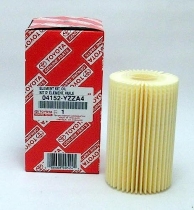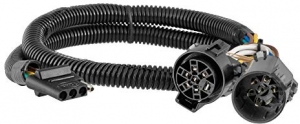-
Welcome to Tundras.com!
You are currently viewing as a guest! To get full-access, you need to register for a FREE account.
As a registered member, you’ll be able to:- Participate in all Tundra discussion topics
- Transfer over your build thread from a different forum to this one
- Communicate privately with other Tundra owners from around the world
- Post your own photos in our Members Gallery
- Access all special features of the site
Rattle when starting engine after a week of sitting
Discussion in '2.5 Gen Tundras (2014-2021)' started by Mad Max, Nov 17, 2020.


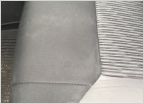 Upholstery Cleaner
Upholstery Cleaner Is the mirror switch on dash suppose to light up like the rest of the switches?
Is the mirror switch on dash suppose to light up like the rest of the switches?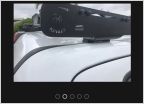 Roof weather stripping
Roof weather stripping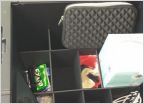 Interior do-dads
Interior do-dads Rotopax Leak....
Rotopax Leak....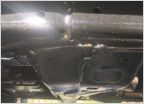 2018 Paint Flake on Frame
2018 Paint Flake on Frame







